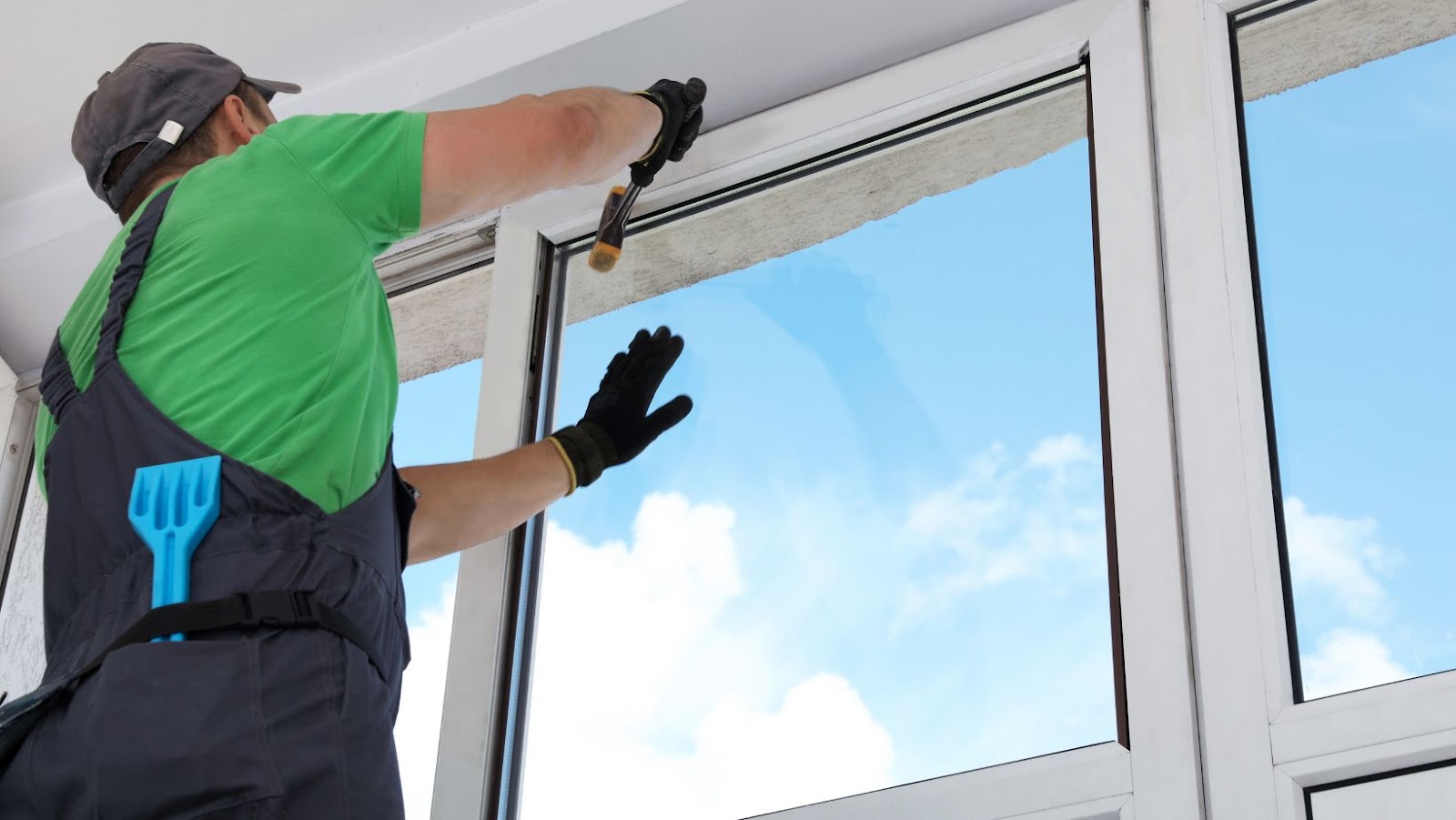
Choosing the right glazing for your windows is a decision that impacts your home’s energy efficiency, security, noise insulation, and overall comfort.
With a variety of glazing options available, from single to triple glazing, laminated to Low-E glass, making the right choice can seem daunting. Each type of glazing offers unique benefits and caters to different needs and preferences.
This article will walk you through the key factors to consider when making your choice, and how to match your glazing selection to your specific requirements and local climate conditions.
Energy Efficiency
Opting for energy-efficient glazing, such as Acrylic Secondary Glazing, significantly improves insulation by reducing heat loss during winter and minimising heat gain in summer.
These types of glazing feature multiple glass panes separated by air or gas-filled spacers, creating an effective thermal barrier.
Soundproofing
Soundproofing is a vital consideration when selecting glazing options, particularly if you live in a bustling urban environment or near busy roads. The effectiveness of soundproofing in windows largely depends on the type and thickness of the glazing used.
Double glazing, which consists of two panes of glass separated by a spacer filled with air or inert gas, can significantly reduce noise pollution by creating a barrier that dampens sound waves.
For even better acoustic insulation, triple glazing or laminated glass is recommended. Laminated glass, featuring layers of glass bonded with a plastic interlayer, not only enhances security but also excels at blocking external noise.
Security
Security is a paramount concern when choosing window glazing options, as the right choice can significantly enhance the safety of your home.
Laminated glass stands out for its superior security features, consisting of multiple layers of glass bonded together with a tough plastic interlayer that holds the glass in place even if it shatters, making it much more difficult for intruders to gain access.
Similarly, double and triple glazing also contribute to enhanced security by providing additional barriers that are harder to break through compared to single glazing.
Some glazing options come with reinforced frames and specialised locking mechanisms that further improve their resistance to forced entry.
Aesthetics
The visual appeal of your windows is also important. Different glazing options offer various aesthetics and customization possibilities. Whether you prefer a modern look or a more traditional style, there is a glazing option to match your home’s design.
Climate Considerations
The local climate should influence your glazing choice. In colder climates, triple glazing can help maintain warmth and reduce heating costs. In contrast, in warmer regions, Low-E glass can help keep your home cool by reflecting heat.
Cost vs. Long-Term Savings
While some glazing options may require a higher initial investment, they can lead to significant long-term savings.
Energy-efficient glazing can reduce your utility bills and maintenance costs, making them a wise investment for the future. Consulting services like Utility Bidder can help you identify the most cost-effective solutions for your energy needs.
Professional Installation vs. DIY
Deciding between professional installation and DIY is another important consideration. Professional installation ensures a perfect fit and optimal performance, but it comes at a higher cost. DIY installation can save money but requires skill and precision.



